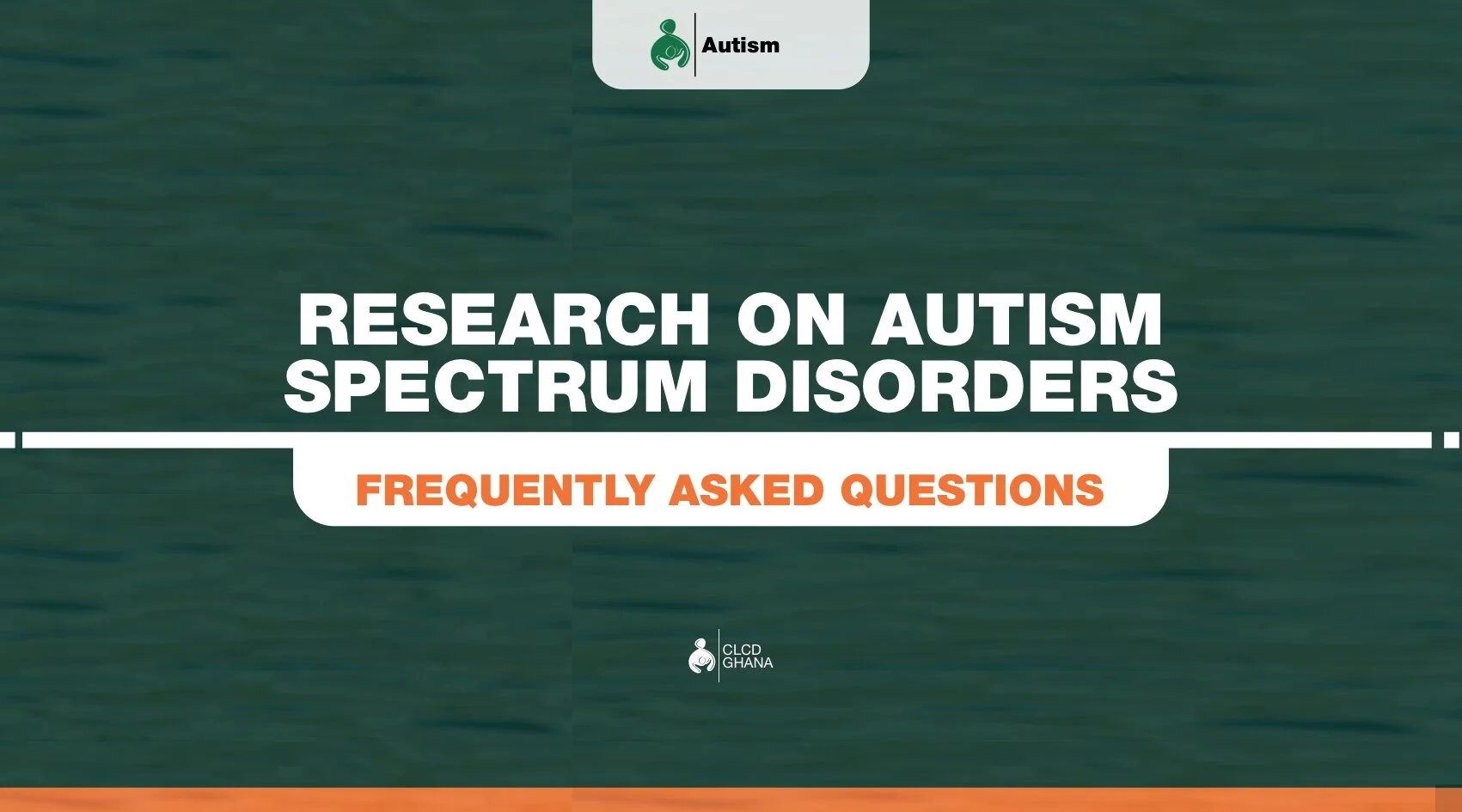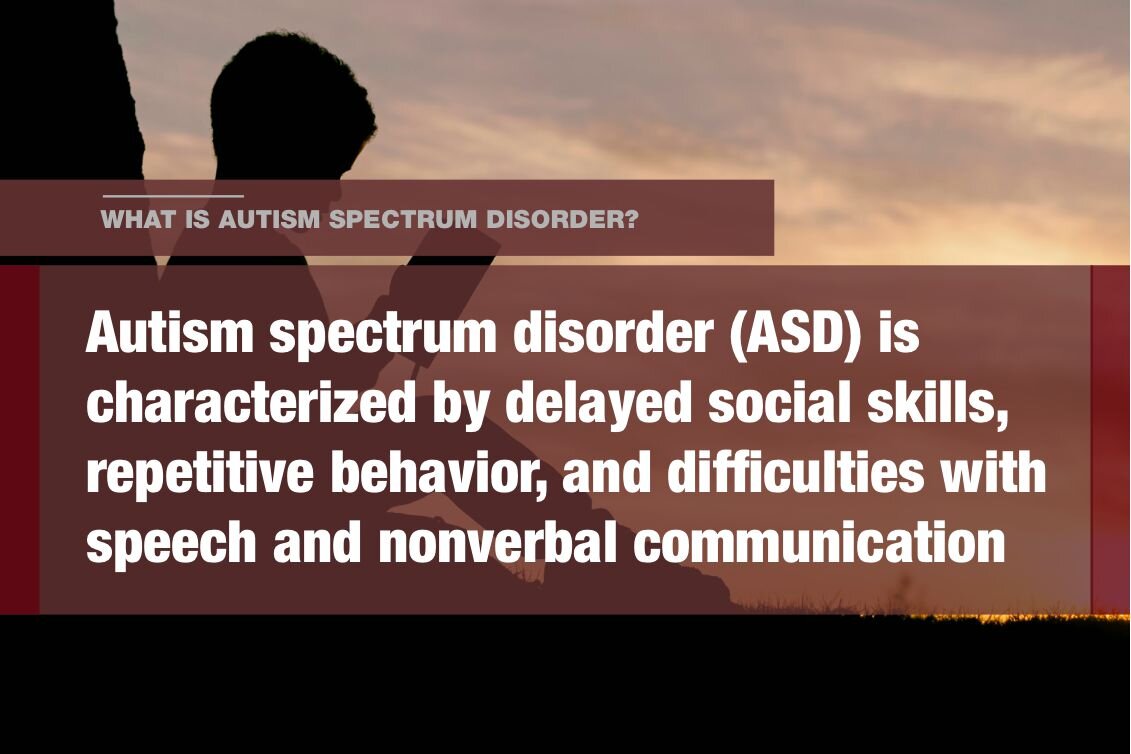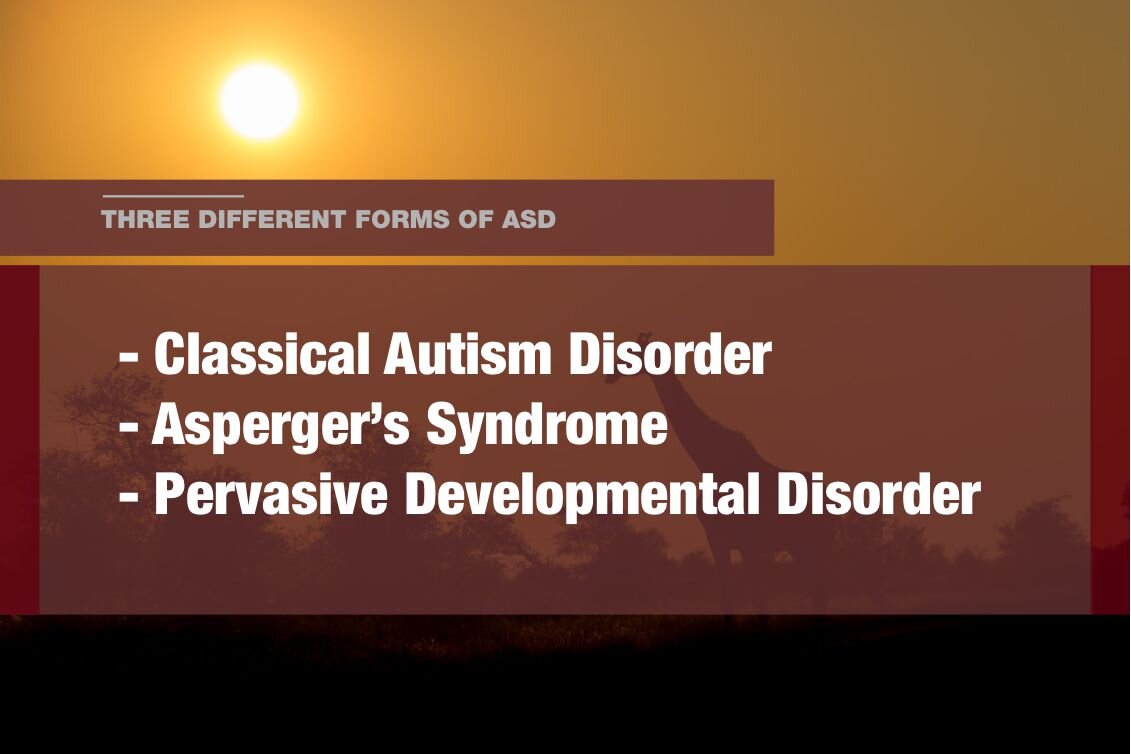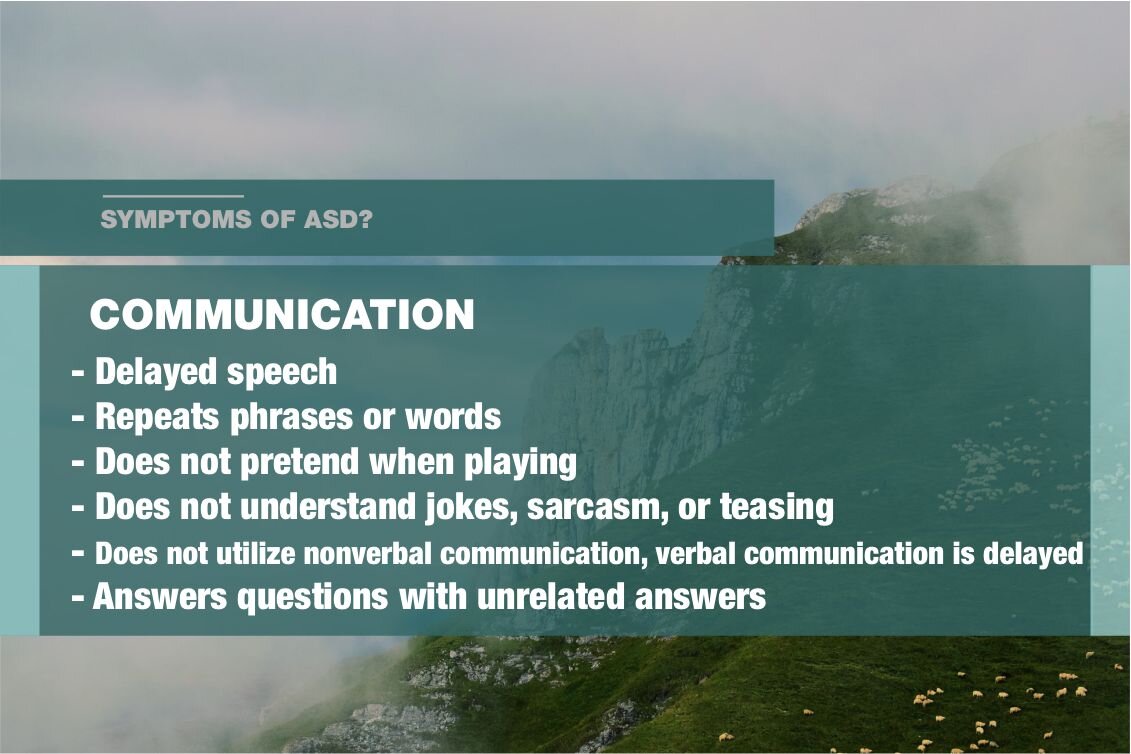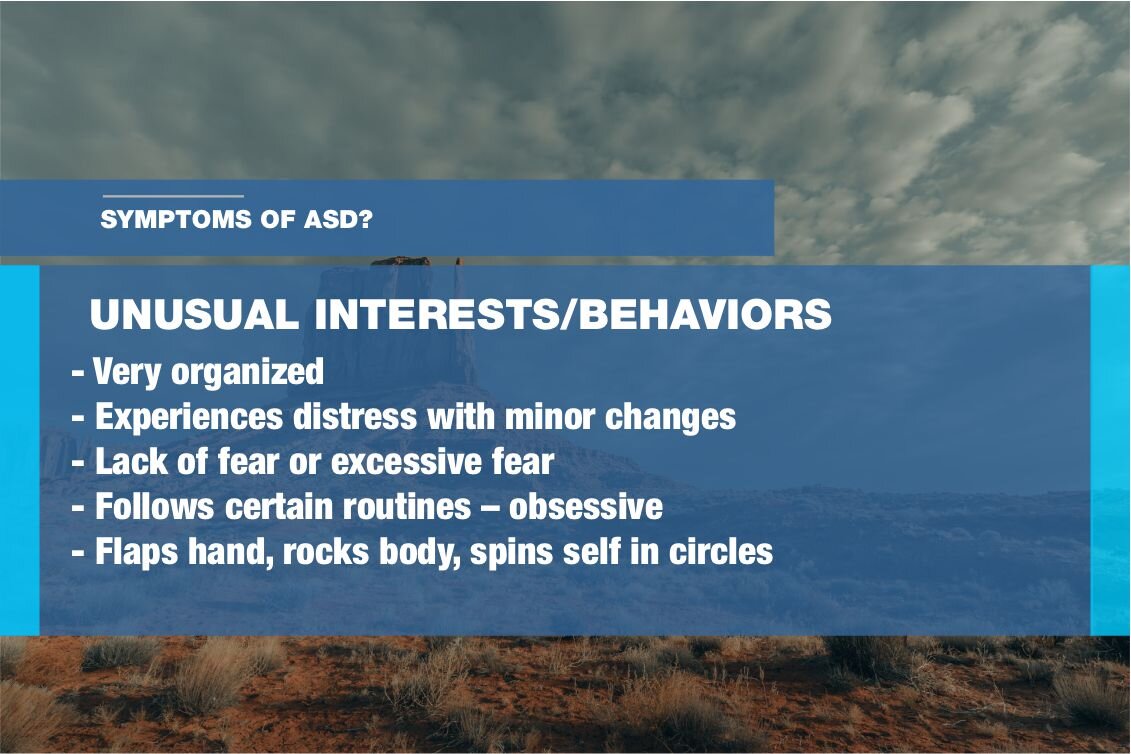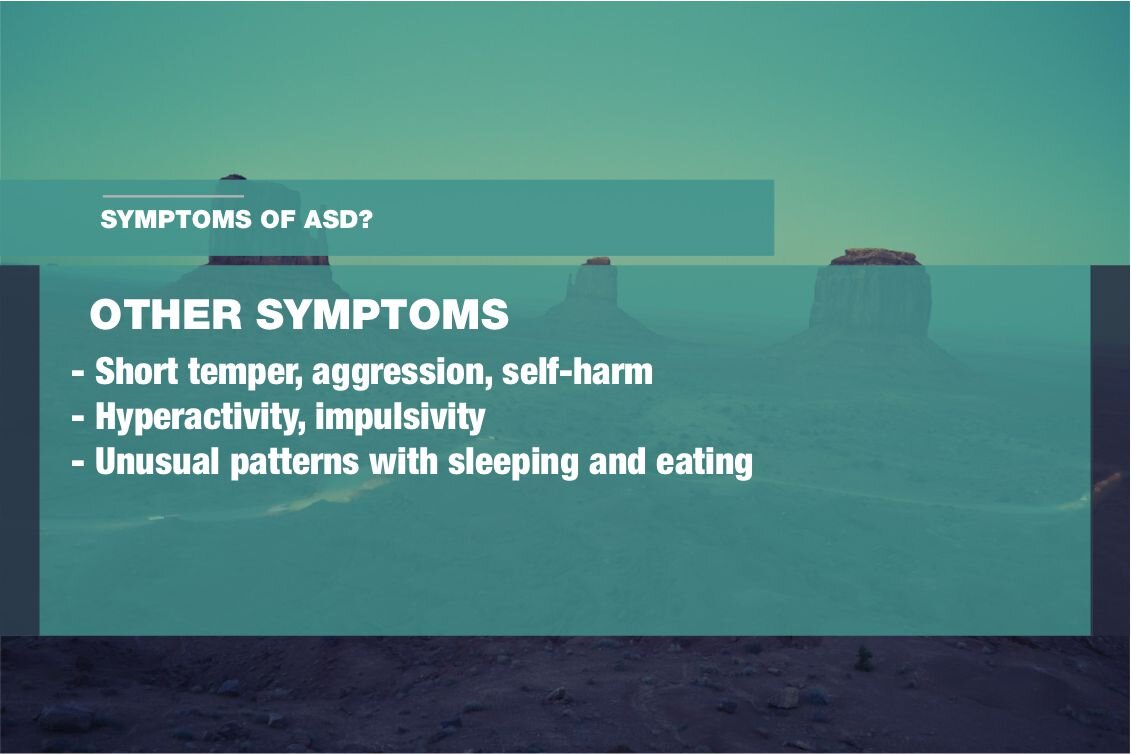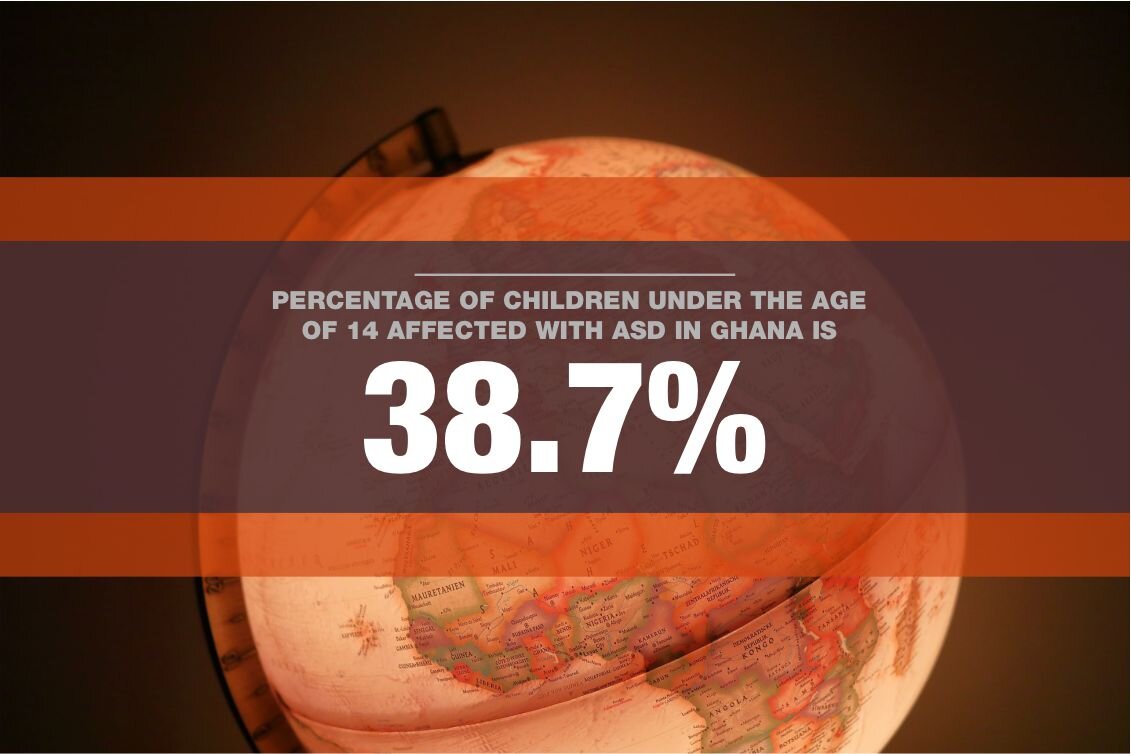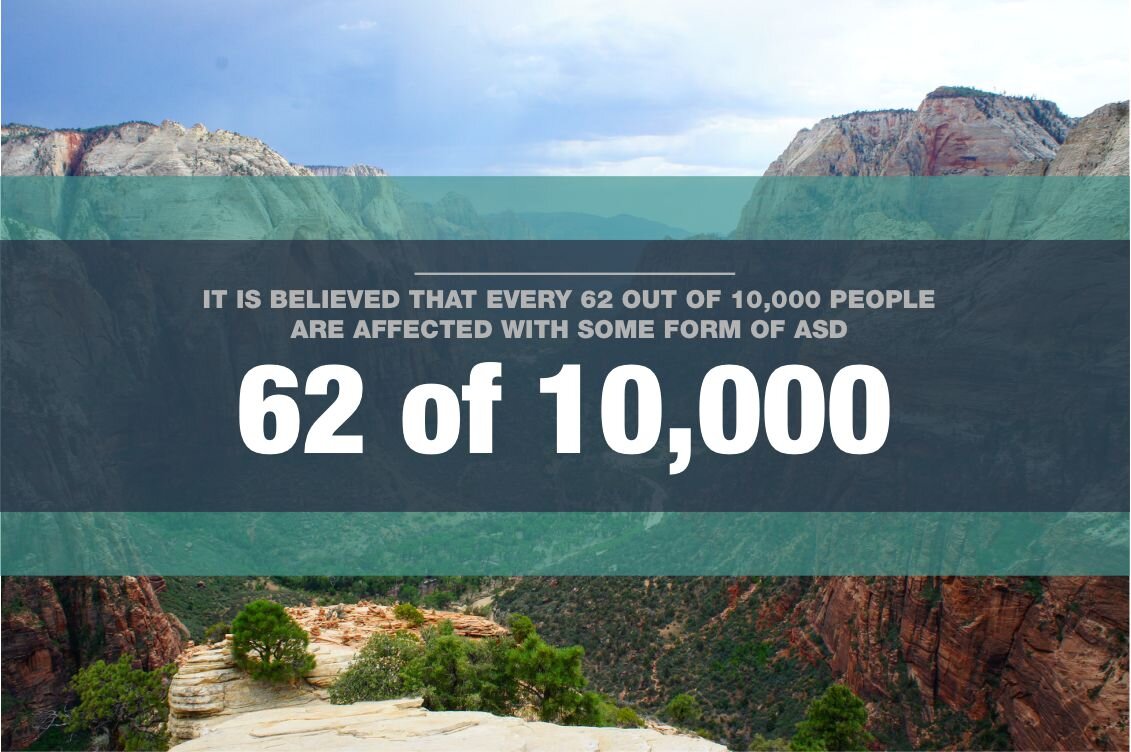What are the autism spectrum disorders
Autism spectrum disorder (ASD) is characterized by delayed social skills, repetitive behavior, and difficulties with speech and nonverbal communication. There are three different forms of ASD. Firstly, there is autistic disorder which is the “classical” autism disorder. It is characterized by intellectual disability, abnormal interests and activities, language delays, and compromised social and communication skills. Secondly, there is Asperger’s syndrome, which is similar to autism disorder, however patients with Asperger’s are not classified as being intellectually disabled. Challenges with communication, language delays, and unusual interests may be milder than the classic autism disorder. The third kind of ASD is pervasive developmental disorder, which is sometimes called atypical autism. Patients with this diagnosis have fewer and less severe symptoms of autism, and may only face obstacles with social skills and communication (“Defining autism,” 2014).
What are the symptoms of ASD?
Social Skills
Does not know name by 12 months
Avoids eye contact
Isolation when playing, does not like to take turns or share
Challenges in understanding others’ feelings
Does not take interest in others or objects around them
Communication
Delayed speech
Repeats phrases or words
Does not pretend when playing
Does not understand jokes, sarcasm, or teasing
Does not utilize nonverbal communication, verbal communication is delayed
Answers questions with unrelated answers
Unusual interests/behaviors
Very organized- plays with toys the same way each time, lines toys up in the same way
Experiences distress with minor changes
Lack of fear or excessive fear
Follows certain routines – obsessive
Flaps hand, rocks body, spins self in circles
Other symptoms
Short temper, aggression, self-harm
Hyperactivity, impulsivity
Unusual patterns with sleeping and eating
Some parents in Ghana reported issues of hyperactivity, temper tantrums, lack of communication, and difficulty in managing the child in public (Thomas et al., 2015). Additionally, females tend to be underdiagnosed because they tend to have higher IQ’s and less severe delays in speech. They also do not present with such repetitive behaviors, whereas male’s symptoms are more pronounced such as hyperactivity and aggression (Halladay et al., 2015). (“Signs and symptoms of autism spectrum disorder,” 2018, Bello-Mojeed et al., 2013).
When does diagnosis occur?
Diagnosis of ASD most commonly occurs in the first three years of life. However, in Africa the average age of diagnosis is around 8 years old and most of the children diagnosed had compromised language skills and or severe intellectual disability (Ruparelia et al., 2016). The delayed diagnosis could be a result of inadequate healthcare facilities and trained personnel, poor knowledge/awareness about ASD, cultural beliefs and stigma, non-specific pattern of presentation, and delay in seeking medical attention (Bello-Mojeed et al., 2013). Often times traditional healers are sought out before medical professionals, which delays diagnosis (Ruparelia et al., 2016). However, in a study conducted in urban Ghana, the average age of diagnosis was 37 months (Thomas et al., 2015).
What is the prevalence?
Globally, it is believed that every 62 out of 10,000 people are affected with some form of ASD (Thomas et al., 2015). In 1978, a researcher named Victor Lotter sought out to determine the prevalence of ASD in Africa (Ghana, Nigeria, Zimbabwe, Kenya, South Africa, and Zambia). Out of 1,312 participants he found a prevalence of 0.7%. Since this research, recent studies have shown a global increase in ASD (Bakare et al., 2012). There is not a lot of research conducted in Ghana on ASD, however through secondary sources it was estimated that the percentage of children under the age of 14 affected with ASD in Ghana is 38.7% (Ruparelia et al., 2016). Though the exact prevalence in Ghana is unknown, studies in other African countries have confirmed the presence of ASD in Africa. Tunisia and Egypt have reported percentages of 33.6% and 11.5%, respectively. Children of Ugandan immigrants in Sweden had a prevalence of 15% which was 200 times higher than that of the indigenous Swedish population (Bakare & Munir, 2011). The prevalence in Southeast Nigeria was found to be 11.4% (Bakare et al., 2012).
What are the risk factors?
It is believed that some genes that influence brain development in childhood can cause ASD. Additionally, there are environmental factors that may cause it, but more research must be done in order to know for sure which ones (“Autism spectrum disorder fact sheet,” 2018). In Africa, some risk factors have been associated with the development of ASD. Post encephalitic infection, sepsis, vitamin D deficiencies, autoimmune and genetic factors have all been linked to the development of ASD (Bakare & Munir, 2011). Additionally, in a study conducted by Thomas et al., researchers found that 40% of parents sought medical attention due to a speech delay, 24% sought out medical attention because of some form of a developmental delay and 12% sought out medical attention due to a medical issue such as seizures or hydrocephalus (2015). In this same study, 25% of mothers reported issues during pregnancy such as gestational diabetes or high blood pressure and 33% reported issues during delivery of the child such as a diagnosis of malaria or asphyxia (Thomas et al., 2015). There are various signs and risk factors for the development of ASD, so it is important to conduct more research in the African setting to determine which risk factors are most closely associated with the development of ASD.
Is there a treatment for ASD?
There is not a medicine to cure ASD, however, speech therapy, behavioral therapy, sensory integration therapy, and occupational therapy can help with the symptoms (Thomas et al., 2015).
How Autism is viewed and managed in Ghana?
Not a lot is known about the prevalence of ASD in Ghana. It is still common belief that ASD is caused by supernatural sources. Thus, traditional healers are sought out before medical professionals, leading to late diagnosis and increased severity of ASD (Ruparelia et al., 2016). It is important to note in a study conducted by Thomas et al., that the majority of children diagnosed with ASD were classified as “elevated” or “severely elevated” scoring in the 73 and 99 percentiles (2015).
Works Cited
- Autism Spectrum Disorder Fact Sheet. (10 October 2018). National Institute of Health. Retrieved from: https://www.ninds.nih.gov/Disorders/Patient-Caregiver-Education/Fact-Sheets/Autism-Spectrum-Disorder-Fact-Sheet
- Bakare, M., Munir, R. (July 2011). Austism Spectrum Disorders (ASD) in Africa: a perspective. African Journal of Psychiatry, 14, 208-210. doi:10.431/ajpsy.v14i3.3
- Bakare, M., Ebigbo, P., Ubochi, V. (2 May 2012). Prevalence of autism spectrum disorder among nigerian children with intellectual disability: a stop gap assesment. Journal of Healthcare for the Poor and Underserved, 23(2), 513-518. doi:10.1353/hpu.2012.0056
- Bello-Mojeed, M., Munir, K., Bakare, M. (27 February 2013). Identification of autism spectrum disorder in africa: need for shifting research and public health focus. Springer Reference. Doi:10.1007/978-1-4614-4788-7_151
- Defining Autism (2014). Autism Society of America. Retrieved from: https://www.asws.org/WhatisAutism.aspx
- Halladay, A., Bishop, S., Constantino, J., Daniels, A., Koening, K., Palmer, K.,… Szatmari, P. (2015). Sex and gender differences in autism spectrum disorder: summarizing evidence gaps and identifying emerging areas of priority. Molecular Austism, 6(36). Doi:10.1186/s13229-015-0019-y.
- Thomas, P., Badoe, E., Akva, N., Owusu, N. (2015). Family Perspectives of Autism Spectrum Disorder in Urban Ghana. Journal of International Child Neurology Association, 15(107). Doi:10.17724/JICNA.2015.107
- Ruparelia, K., Abubakar, A., Badoe, E., Bakare, M., Visser, K., Chugani, D. C., … Newton, C. R. (2016). Autism Spectrum Disorders in Africa: Current Challenges in Identification, Assessment, and Treatment: A Report on the International Child Neurology Association Meeting on ASD in Africa, Ghana, April 3-5, 2014. Journal of Child Neurology, 31(8), 1018–1026. https://doi.org/10.1177/0883073816635748
- Signs and Symotoms of Autism Spectrum Disorder. (26 April 2018). Centers of Disease Control and Prevention. Retrieved from: https://www.cdc.gov/ncbddd/autism/signs.html

